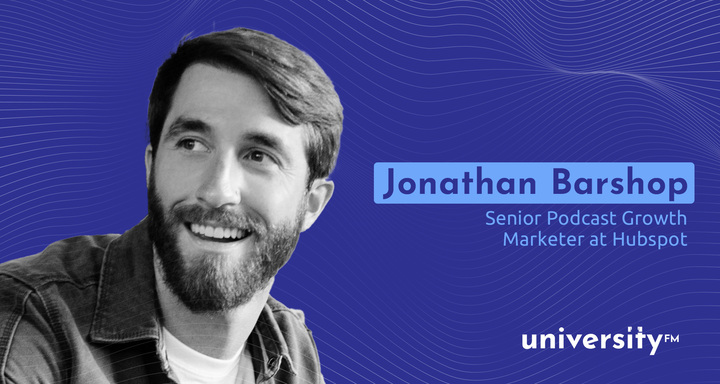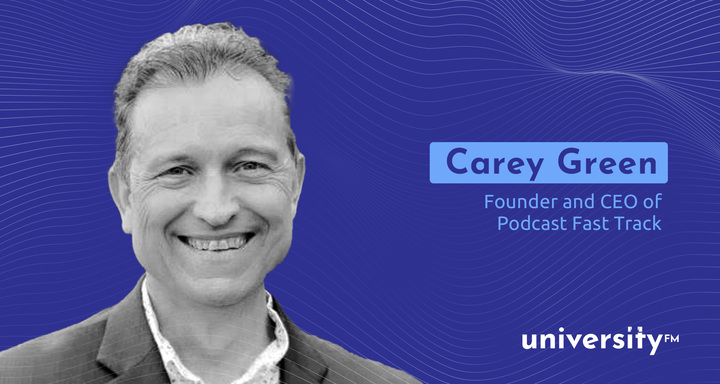
Showcasing diversity in your podcast can help you better connect to your target audience and make them feel seen and heard. Additionally, incorporating diversity and inclusion into your podcast can play an important role in exposing audiences to new cultures, ideas and people groups. Your podcast can empower individuals within your audience while also educating them on topics crucial to the growing diversity and inclusion space in higher education.
From podcasts that center around diversity and inclusion to podcasts that feature special episodes and guest speakers, diversity in podcasts can take on a variety of forms. This article will explore some steps you can take to be intentional about inclusion in your podcast content.
Highlight diversity within your chosen topic
If you’re really passionate about showcasing diversity and inclusion, you might consider centering all or most of the content for your show around diversity. There are a few ways that you can do this. For instance, you might discuss a specific type of identity, such as race. Or you might choose to discuss various types of diversity within a particular setting, such as race, gender, sexuality, age, class, etc. within the workplace.
Feature guest speakers

Perhaps you want to discuss issues of diversity occasionally, or maybe your podcast’s main topic is diversity. Either way, featuring guest speakers is a great way to communicate to your audience that you take diversity seriously.
If you have a following for your podcast, giving your platform to guest speakers can be a great way to communicate to audiences that you believe in making space for creators from all backgrounds.
Partnerships
If you get along well with guest speakers, you might invite them to have a partnership with your podcast. This can work especially well if your guest speaker is a host of their own podcast. Doing crossovers on each others’ shows can tap into a shared audience and cultivate listeners from other podcasts.
Once in a partnership, you can collaborate with other podcasts to bring topics to your shared audience that highlight issues of diversity. While you can certainly discuss diversity topics solo, bringing on another voice who has experience with or specializes in that area of diversity can bring credibility to your podcast.
Post about important days and months

During important diversity holidays or months such as Black history month (february), Women’s history month, AAPI month (March) and pride month (June), you can use social media to promote inclusion.
During these holidays and months, you can repost a past episode from your show that incorporates themes of diversity and inclusion. Another option is to do a feed drop and share an episode from a podcast creator who discusses diversity and inclusion in their own show. Whether it’s your own content or the content of others, sharing these messages demonstrates to your audience that you care about joining the diversity discussion.
Tap into your institution’s DEIB
Many universities have diversity, equity, inclusion and belonging (DEIB) programs and leaders. You might try partnering with or featuring a guest speaker from these programs to talk about diversity and their experience with it on your podcast.
If you’re researching a specific issue related to DEIB, you might also try contacting your campus’s program to ask for resources and information. Many DEIB programs have access to information about the institution’s history of diversity, and they may also collaborate with other universities to share information. They can also direct you to other resources and places on campus with information.
Groups and communities on campus

In addition to learning more about your institution’s DEIB initiatives, you can also look into the different communities on campus. Many campuses have different clubs and student-led initiatives that focus on issues of diversity and representation.
Remember that you don’t have to feature a vice president or club leader to tell valuable stories about diversity and inclusion on your podcast. Students can share insightful stories that illuminate your audience’s understanding of diversity within the educational experience.
Depending on the goals of your podcast, you might want to focus more time and resources on particular approaches. For instance, if you want your podcast to feature voices within your community, you might spend more time finding and featuring guest speakers. But don’t be afraid to combine these methods as well! Each podcast approaches diversity and inclusion in its own unique way, based on the needs of unique audiences.




